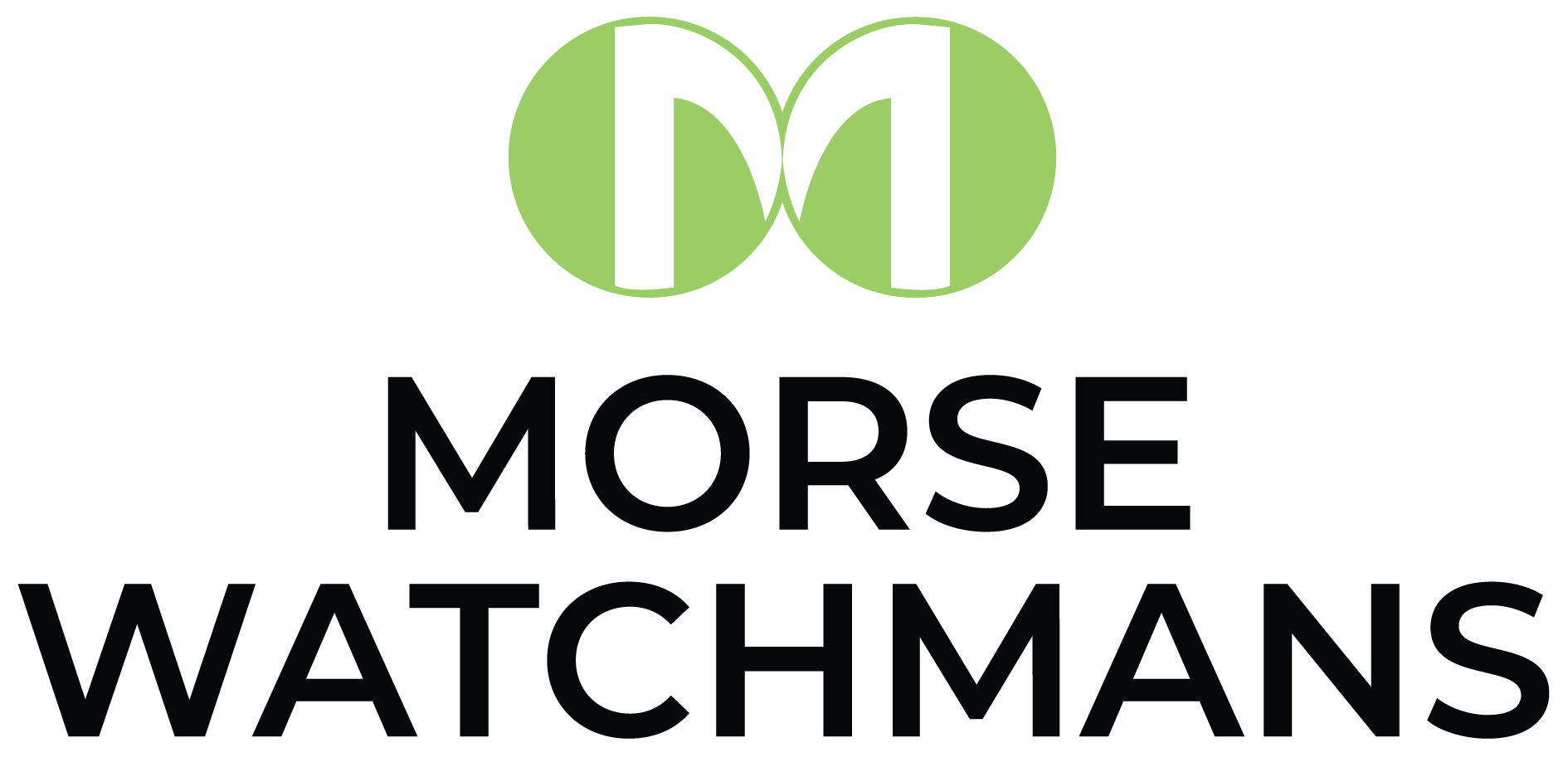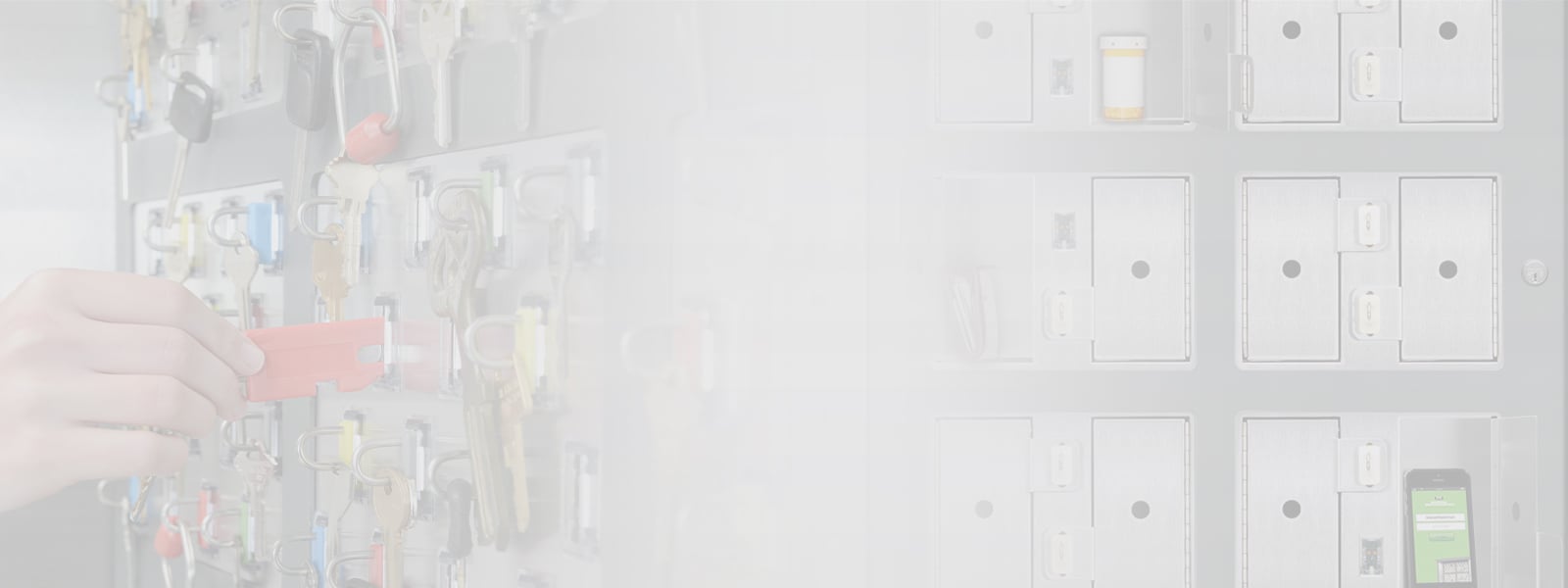Key control and asset management systems have grown rapidly in recent years. And for good reason, given the increases in security, efficiency, savings and intelligence that businesses can achieve with these systems.
So what exactly are key control and asset management systems, and how do they work? In essence, they are tools that help secure and track the use of mechanical keys, plastic card keys, or other important items like cell phones, documentation or other important items.
A basic system usually comprises a computerized key storage cabinet, a key locking mechanism and a tracking system. The tamper-proof systems are designed so that only authorized users – using pre-programmed PIN codes, access cards or biometrics – can access keys or assets, while on-board advanced technology automatically records all access activity.
Building on this foundation, several options and design variations can be added to customize the solution and help protect the investment as needs change. For networked installations, management software can also be included in the system. Permission levels can be established for each user and data can be monitored from any desktop connected to the network.
When networked, changes such as additions or deletions are synchronized throughout the enterprise for faster, more effective control. Additionally, the software can run activity reports, sort based on different criteria and view and print reports, among other uses.
As touched on above, vital documents, cash, employee badging/access control cards, data drives and even small electronic gear can also be controlled and secured using asset management lockers or modules integrated into a key control system. Whether used to secure keys or assets, the systems are similar in functionality; users can access items only from the lockers/modules for which they have been pre-authorized and any activity such as removing or returning items or opening lockers/modules is automatically recorded in an audit trail.
The sophistication of today’s key control and asset management systems means that they offer a variety of benefits. The systems have become a higher-level management tool for effectively addressing the safety and security of building occupants and the security of the building assets. Knowing the identity of authorized key holders, which keys they have in their possession or have access to, and when they were used are all essential pieces of information that help ensure a safe and secure environment.
Furthermore, technological developments and open protocols have made it possible to integrate key control with access control and other security systems as part of a facility’s networked security system. Now, a user who has taken a specific key can be denied egress from the facility until the key has been returned – and selected management can be alerted via email or SMS text if a key has not been returned on time.
With these points in mind, it’s not surprising that the systems have become an operational necessity in all sorts of applications that manage keys or other important assets, ranging from correctional institutions to hospitals, car dealerships, property management, casinos and educational facilities. Key management is also a critical function for anyone overseeing security at conference centers, government agencies, control rooms, automotive businesses and corporate buildings. Ultimately, however, the systems can be used in businesses of all sizes because of the measurable benefits of enhanced security and convenience – as well as increased staff productivity and accountability.
For more information, download a free copy of our white paper: Understanding Key Control Systems and Best Practices.



